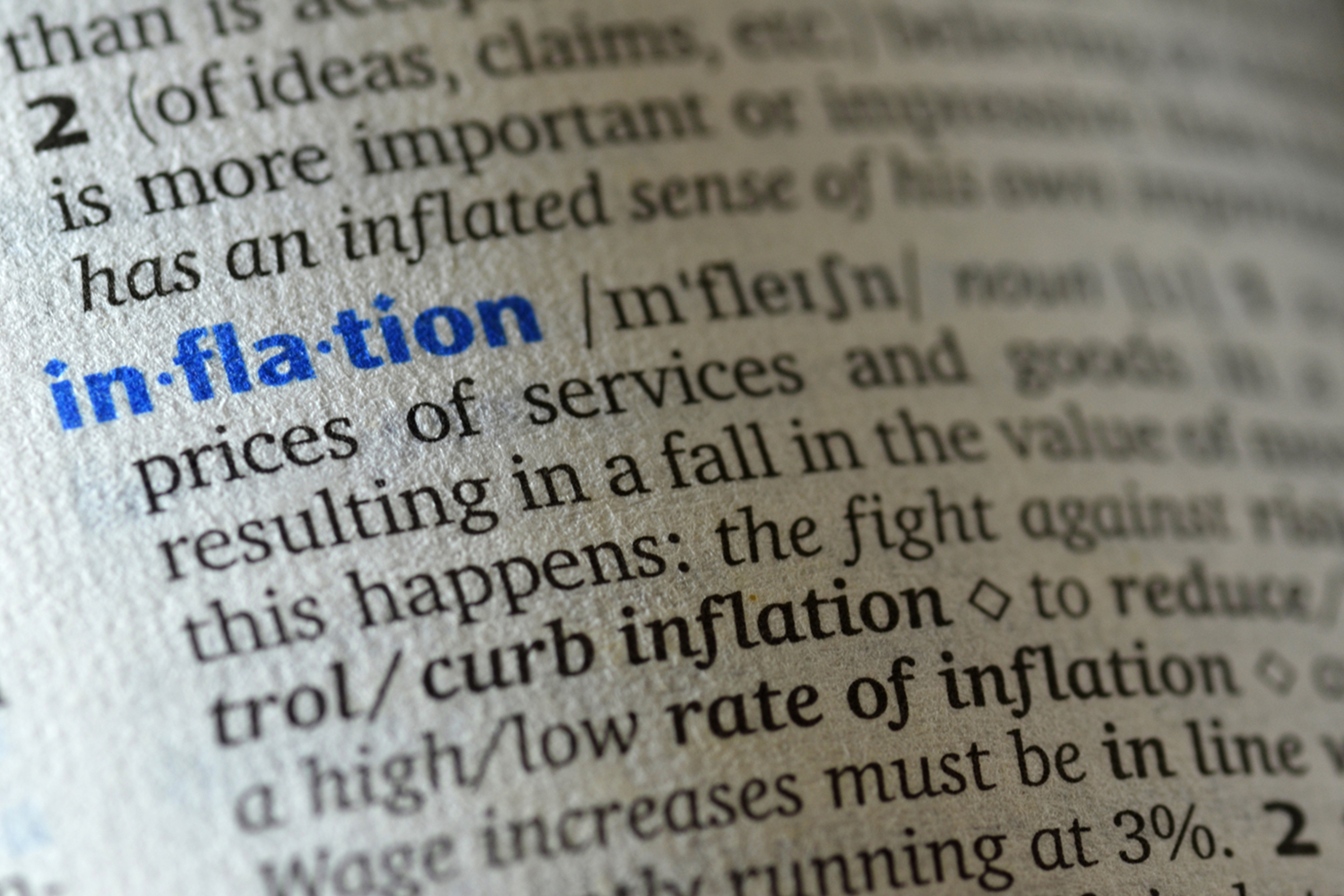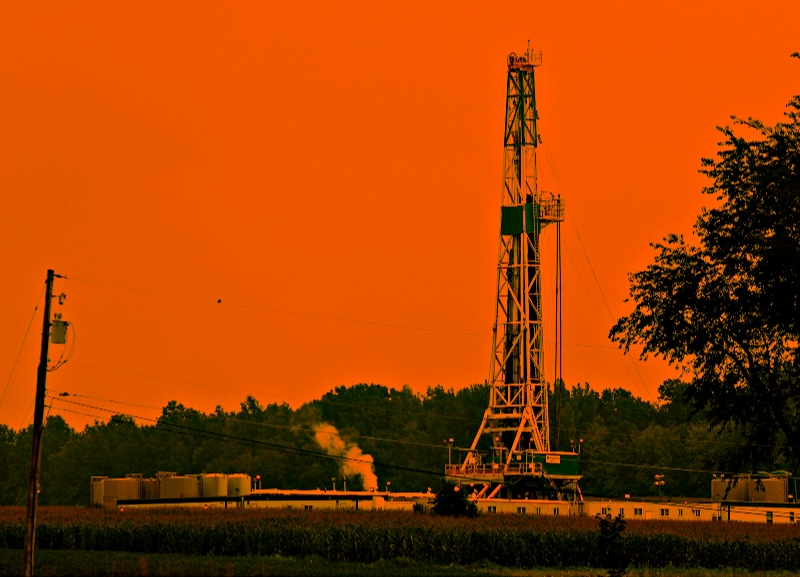The world is waking up to an inconvenient reality: the shale revolution is ending. The relentless march of U.S. oil production—the market’s favorite bogeyman for suppressing prices—has quietly stumbled into its twilight years. Meanwhile, global demand is rising, OPEC is playing the long game, and inventories are nearing historic lows. Investors who remain paralyzed by outdated narratives risk missing out on one of the most compelling investment setups in modern history.
Ninepoint Partners’ Senior Portfolio Manager, Eric Nuttall1, sees what many refuse to acknowledge. The macro setup for oil and gas has never been more bullish, yet energy stocks remain deeply discounted. In a recent market update, he lays out his case in characteristically blunt terms:
“We view the current macro for oil and natural gas to be very, very bullish, and yet there is a divergence between what we see and what consensus believes.”
The market’s blind spot is not just an opportunity—it’s a gift.
The False Narrative of ‘Drill baby, drill’ (Decline in U.S. shale oil production 2025)
The myth that a Trump victory will unleash a new drilling bonanza is laughably detached from reality. Nuttall dismantles it with surgical precision:
“One of my highest conviction calls is that the 'drill baby, drill' mantra is entirely toothless.”
The reasons are both geological and financial.
U.S. shale growth has already slowed dramatically, and not because of regulation. The real culprit? Resource exhaustion.
“For the same amount of rock that you were drilling, you’re getting less and less oil from that well,” Nuttall explains.
As shale basins mature, they produce more gas and less crude—a telltale sign that the best drilling locations are running out.
Meanwhile, the very structure of the industry has changed. Gone are the days when shale producers outspent their cash flow, fueled by reckless debt. Today, investors demand discipline.
“The absolute contracts that oil companies have with their shareholders is to adopt a strategy of low to no growth, maximum free cash flow, and use that free cash flow for either variable dividends or increasingly share buybacks.”
That means fewer rigs, lower production growth, and—ultimately—higher oil prices.
OPEC Holds the Cards, and They Know It (Impact of OPEC's spare capacity on oil prices)
With shale’s meteoric growth behind us, the world is becoming increasingly dependent on OPEC. Yet another myth persists: that OPEC is sitting on an endless mountain of spare capacity, ready to flood the market at a moment’s notice.
Nuttall eviscerates this delusion:
“I’ve seen numbers as high as 12 million barrels per day from a broadcaster on a Canadian business channel. We think the real number is 4 million in what is now a 104.5 million barrel per day market.”
That’s a much smaller buffer than is widely-estimated—Nuttall sees spare capacity normalizing over the next 2 years to razor-thin levels. More importantly, OPEC knows exactly how to play this game. They’re not in a hurry to dump barrels into a rising market.
“A barrel not produced today is a barrel produced tomorrow at what I think will be a meaningfully higher oil price.”
This isn’t speculation; it’s strategy. Saudi Arabia and the UAE control most of the world’s spare capacity, and their long-term economic ambitions require sustained, higher prices. The age of $70 oil is nearing its end.
The Inventory Cliff: A Market in Denial
For all the talk of oversupply, oil inventories tell a different story.
“Global oil inventories are at their lowest levels in history,” Nuttall points out.
The market, as always, is slow to react. Even in Q1—typically the weakest demand period of the year—stocks are drawing down instead of building. “One of our favorite measurements of the health of the market is global oil inventories. If inventories are falling, that historically has been a very bullish signal and implies an undersupplied market.” And yet, the market yawns.
Why? Because consensus is still clinging to outdated assumptions about supply growth. Meanwhile, the cracks in the system are becoming impossible to ignore. The combination of declining U.S. shale growth, disciplined OPEC management, and accelerating global demand paints a picture of extreme tightness just around the corner.
The mispricing is staggering:
“Oil today is roughly $15 mispriced. It’s too cheap by $15.”
Canadian Energy: The Greatest Discount in the Market (Investment opportunities in Canadian energy stocks 2025)
If oil is underpriced, Canadian energy stocks are outright steals. Years of political hostility, carbon taxes, and pipeline cancellations have left Canadian producers trading at massive discounts to their U.S. counterparts. But the tide is turning.
Nuttall outlines two immediate catalysts:
“Hopefully, in the next month or so, we can get past the tariff uncertainty, and we can eliminate the political risk discount being applied to Canadian energy stocks.”
With a federal election on the horizon and momentum building for new pipeline capacity, the political landscape could soon become far more favorable.
But even in the worst-case scenario, Canadian energy stocks are absurdly cheap. Many are generating 11-15% free cash flow yields at today’s prices. If oil rises even modestly, that number explodes.
Share buybacks are already accelerating:
“Even if sentiment remains challenged, even if investors want to go chase Nvidia or Fadcoin or whatever they’re deploying their capital in, oil and gas companies have the ability to drive a meaningful rerating over time solely through meaningful share buybacks funded out of their free cash flow.”
The Inevitable Repricing
The market can ignore these realities for only so long. The shale boom papered over the cracks in global supply for a decade, but those days are over.
“The twilight of U.S. shale is the most near-term catalyst to improve sentiment,” Nuttall insists.
Once investors grasp that the world’s marginal supplier is tapped out, the repricing will be violent.
The stage is set: OPEC’s discipline, U.S. production limits, rebounding demand, and a chronically undersupplied market.
“The macro backdrop for oil and natural gas is unequivocally very bullish.”
The opportunity is obvious. The only question is: will you seize it before the rest of the world wakes up?
For those paying attention, this is not just an opportunity—it may be a generational inflection point.
Footnote:
1 Ninepoint Partners. "Ninepoint Energy Market Update." YouTube, 19 Mar. 2025, www.youtube.com/playlist?list=PLdbaU5md-aLW2B7MvE9ngO78bNo6XF01E.














